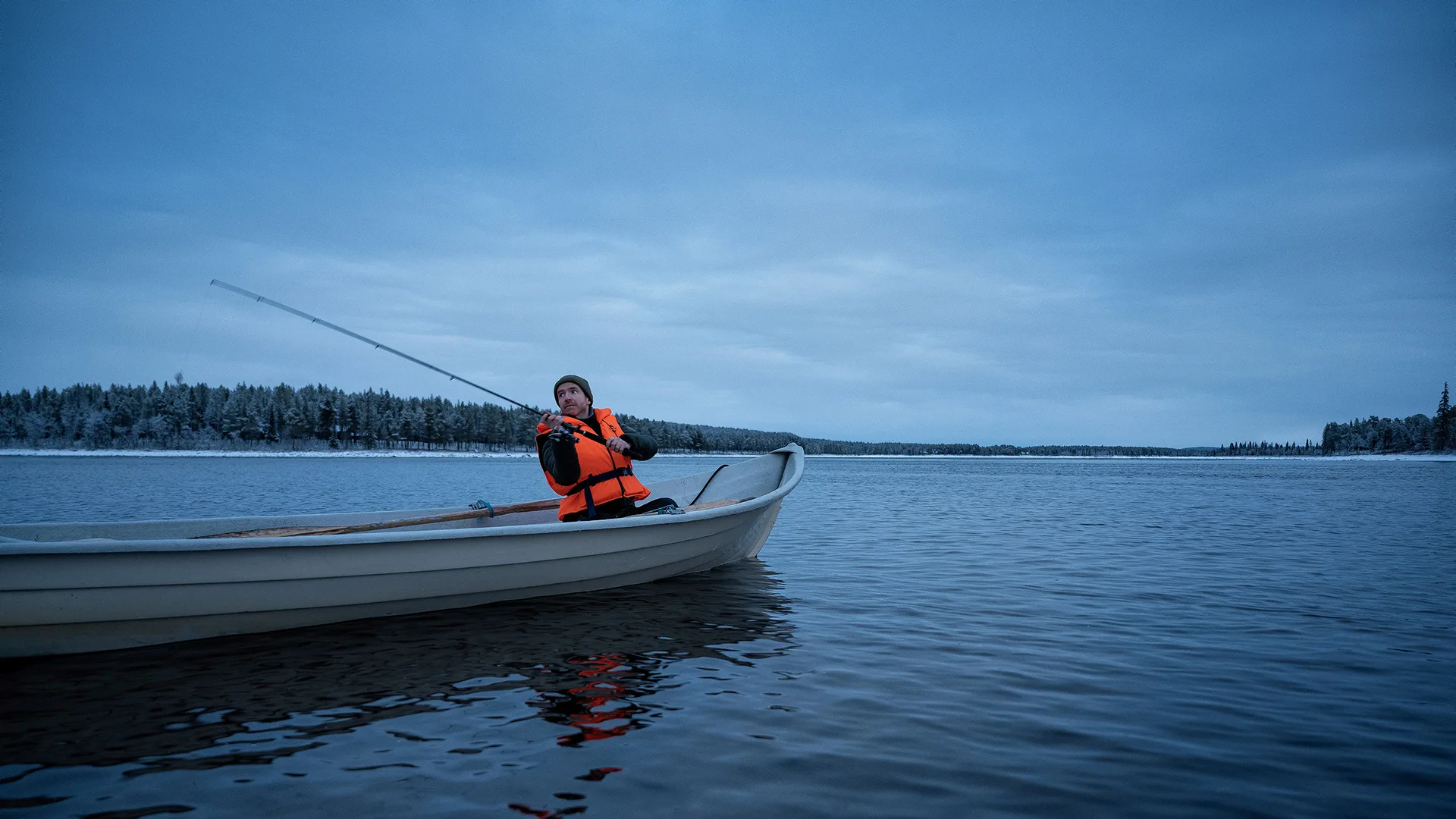
A sustainable approach to mining
LKAB's commitment to biological diversity
We’re dependent on a nature in balance. Today, however, biodiversity is dramatically decreasing all over the world. If we don’t do something quickly, the stability of our entire ecosystem is in jeopardy. At LKAB, we take this very seriously; one of our corporate goals is to contribute to increased biodiversity by the year 2030.

We strive to be one of the most environmentally friendly and resource-efficient mining companies in the world. However, we also understand that our actions have an impact on the environment.
We claim land and affect the landscape and nature around us. We also get a lot of help from nature, like cleaning water and air and reducing noise with plants. Therefore, it’s very much in our best interest to protect the environment and ecological diversity.
We aim to be responsible for how we affect the environment, and the best way to do that is to actively work with biodiversity: by learning more about local species and habitats, to better restore and compensate for any damage; by using technology to reduce our impact; and work with others to come up with new, innovative solutions.
The hierarchy of mitigation guides us
LKAB has been following the mitigation hierarchy for many years: first, avoid impact, then minimise, restore, and finally, as a last resort, compensate.
In our case, we can avoid impact by for example finding another location for the activity in question: adjusting a road slightly or reconsidering the placement of a new ventilation shaft. We minimise through protective measures such as water purification or dust control. In the restoration phase, we return nature to its original state when we’re finished. Compensation means that we recreate or strengthen natural values elsewhere to compensate for our impact.


Examples of projects

Kuosajänkkä
Kuosajänkkä outside Svappavaara is one of Sweden’s largest compensation areas and was part of the condition when the Mertainen open pit was put into operation. Here, there are vast areas of marshland and old-growth forest, where LKAB now conducts marsh mowing, controlled burns, and placing of dead wood to benefit more species, such as orchids, fungi, mosses, and insects, thereby increasing biodiversity and enhancing natural value.

Restoration of the old tailings dam in Malmberget
Here, various soil materials and microhabitats such as stone heaps, dead wood, and bushes have been placed to restore the area of the old tailings dam and create a variety of natural environments and biological structures that will eventually benefit the diversity of species.

Minedust
Together with researchers from the Swedish University of Agricultural Sciences (SLU) and Boliden Aitik, and with funding from Vinnova, we are running the Minedust project. The aim is to learn more about how dust from the mining industry affects the local environment.

Impact on lichens around the Kiruna mine
Studies have been conducted together with the Sami villages of Laevas and Gabna to see how lichens are affected around the Kiruna mine. Through field research, sampling, and genetic analysis, they have looked at the diversity of lichens, their population size, and how they are affected by emissions – and how lichens actually adapt to it.

This is biodiversity
The UN Convention on Biological Diversity defines it as "the variability among living organisms from all sources […], this includes diversity within species, between species and of ecosystems."
It concerns how the nature around us functions: from bugs to moose; from rivers, marshes, and deep forests to the mountain plains. We are completely dependent on it.
Nature and the ecosystem services it provides purify water, pollinate our crops, and improve the air we breathe. Preserving biodiversity is important for fighting climate change by helping to prevent and reduce its impact.
Climate change is altering the conditions for plants and animals worldwide, especially in our Arctic part of the world. This makes it even more important to work for increased biodiversity: greater variation increases nature’s resilience and ability to continue providing ecosystem services.
And, of course, the intrinsic value in preserving our amazing nature.
The number of red-listed species in Sweden.
According to the World Economic Forum, more than half of the world’s GDP depends on biodiversity.
LKAB operates in six locations near protected areas or areas with high natural values.
Mining with Nature at COP 15
Annika Zachrisson, sustainability strategist at LKAB, participated at COP 15 and presented the concept of Mining with Nature.
What is Mining with Nature?
It is a roadmap for how mining and mineral companies in Sweden together will increase biodiversity. The goal is for the mining industry to contribute to increased biodiversity in all regions where exploration and mining activities are taking place by 2030.
What reactions have you received to Mining with Nature?
The mining companies represented all have high ambitions similar to ours in Mining with Nature, but several have progressed further toward the goals. It is inspiring and impressive to hear about others’ good examples, including how to avoid and minimise impacts on natural values, and how this can be measured.
What do you take with you from COP 15
The strong force within the business community to advocate for much greater environmental considerations within various industries, and that the business community wants support from a global framework with high standards.



Award-winning tool for measuring biodiversity
One tool to increase biodiversity is CLIMB, created with Ecogain and Svemin, with backing from Swedish Mining Innovation. The aim is to measure nature and its values and obtain relevant indicators for assessing biodiversity.


Visions for ecological landscape design
Once mining is eventually concluded, we will restore our industrial areas. Plans have been made for ecological landscape design at all three mining sites. These plans outline how we want our industrial areas to look in the future. Here, we consider not only nature and richness of species but also historical and cultural values. Already, the visions are used for designing the industrial areas and restoring land.









